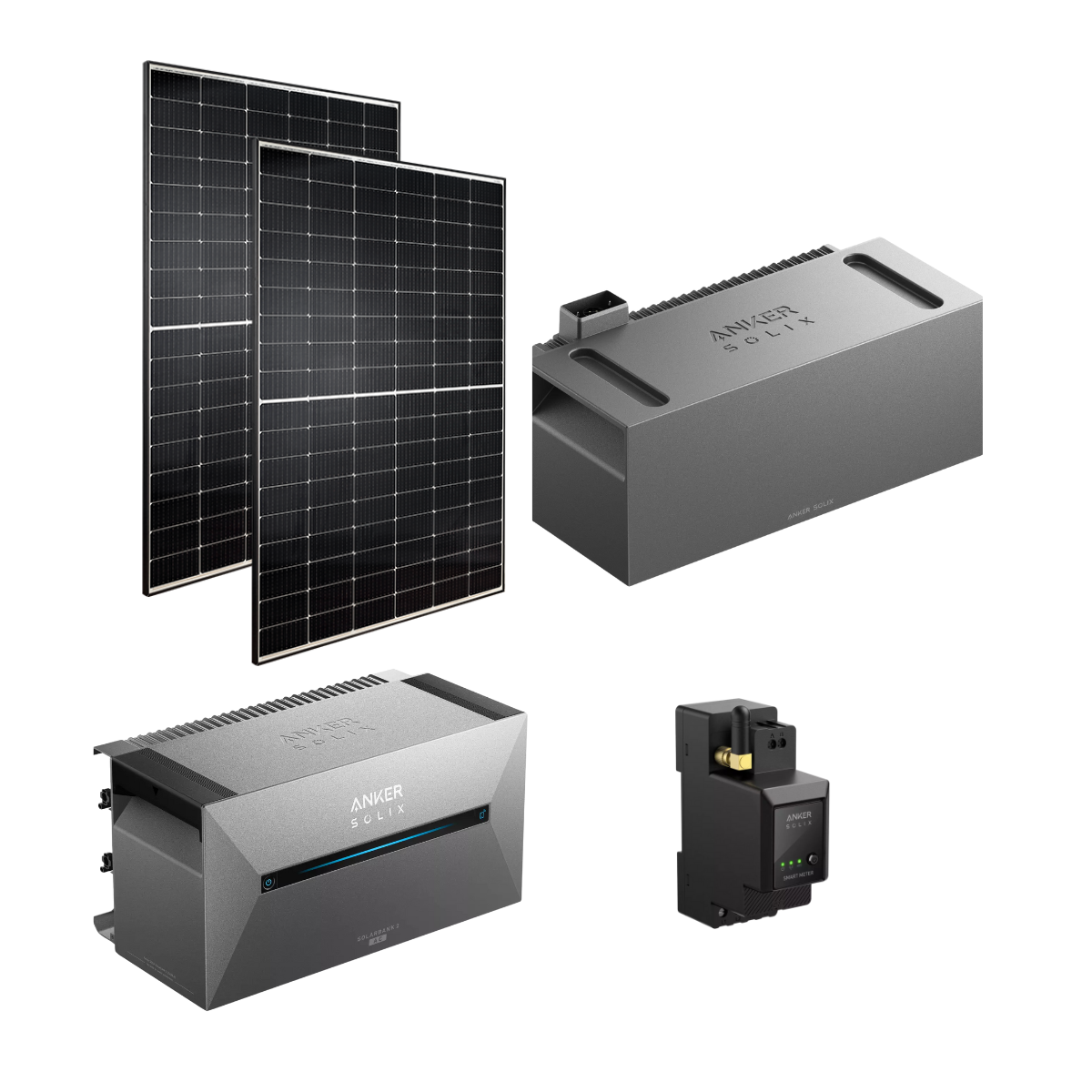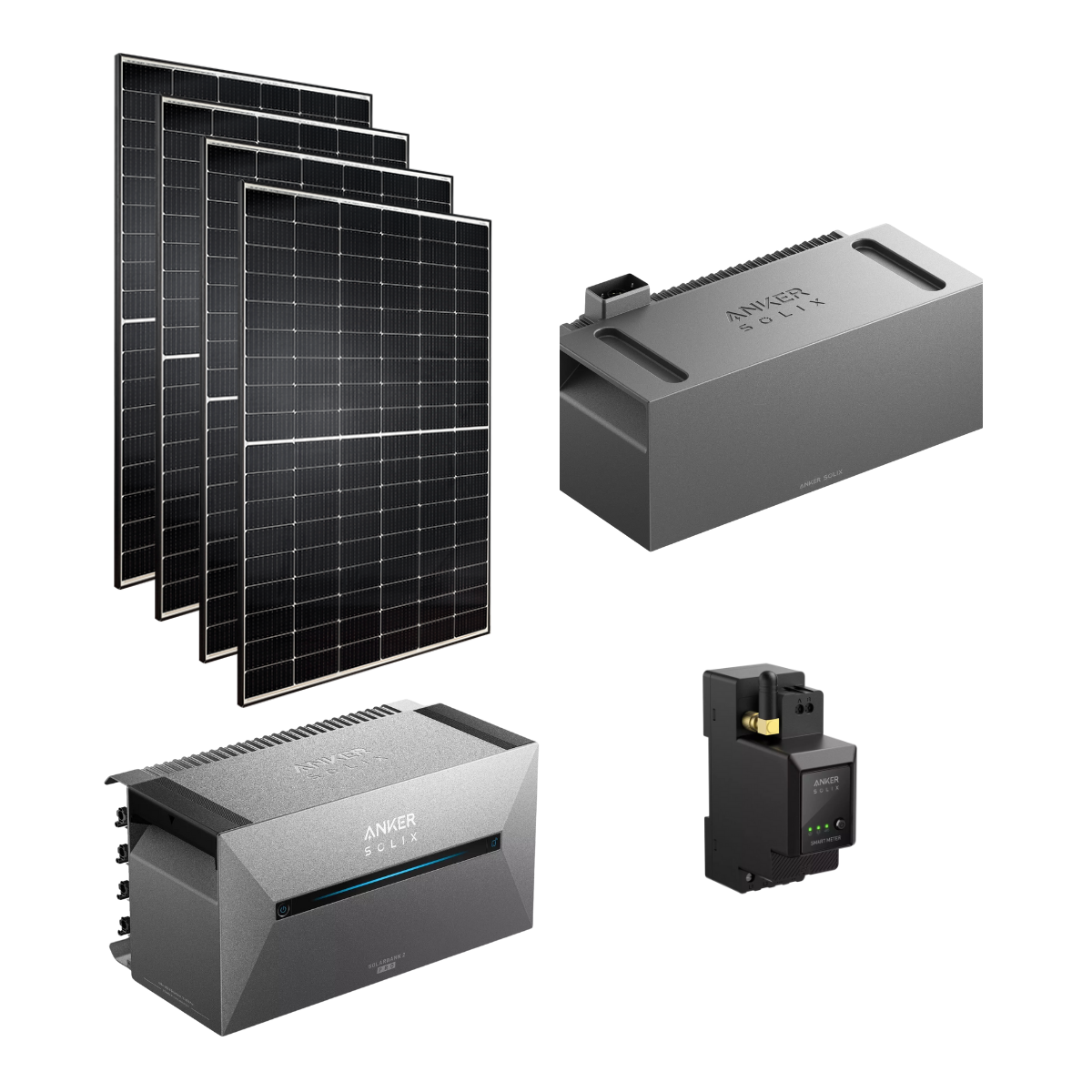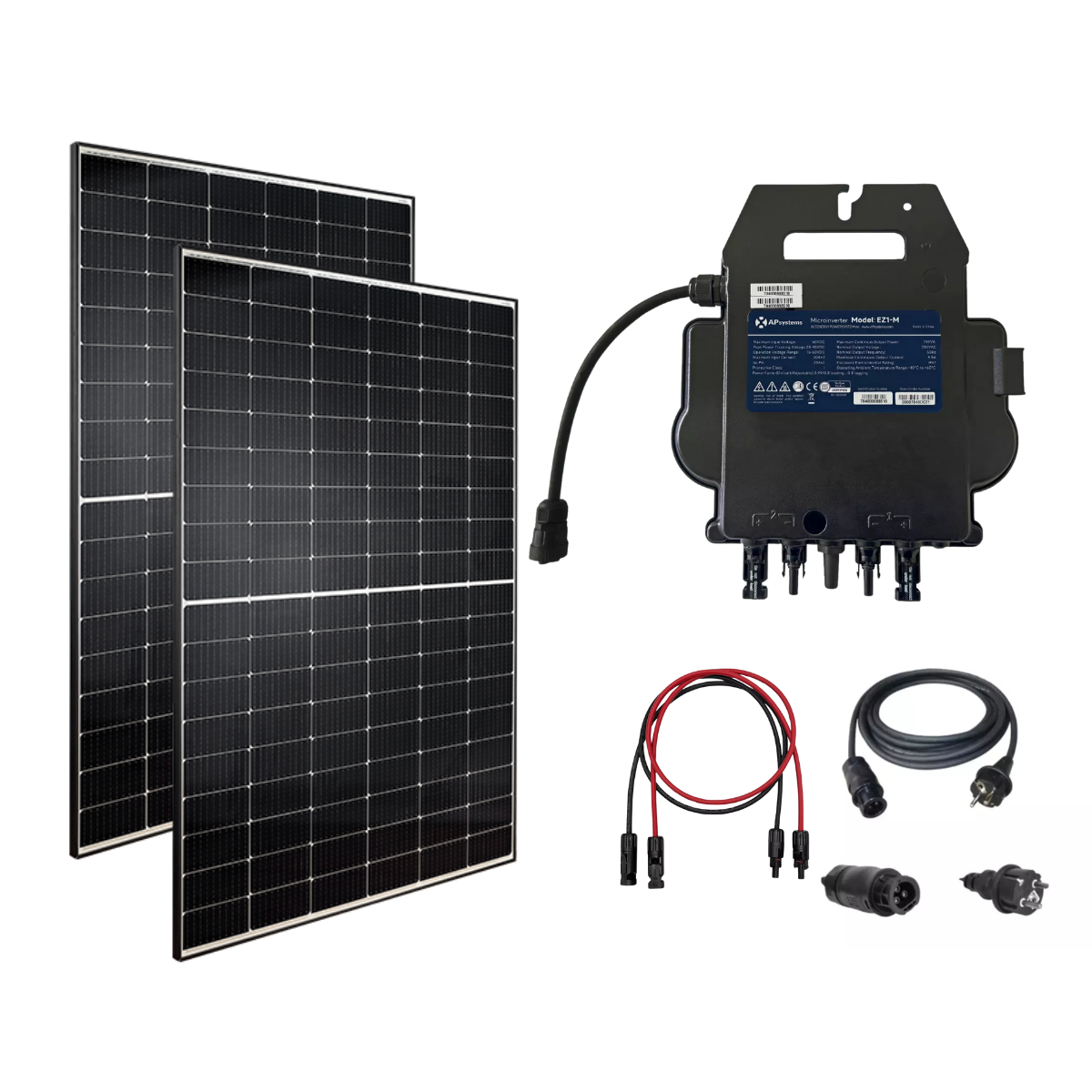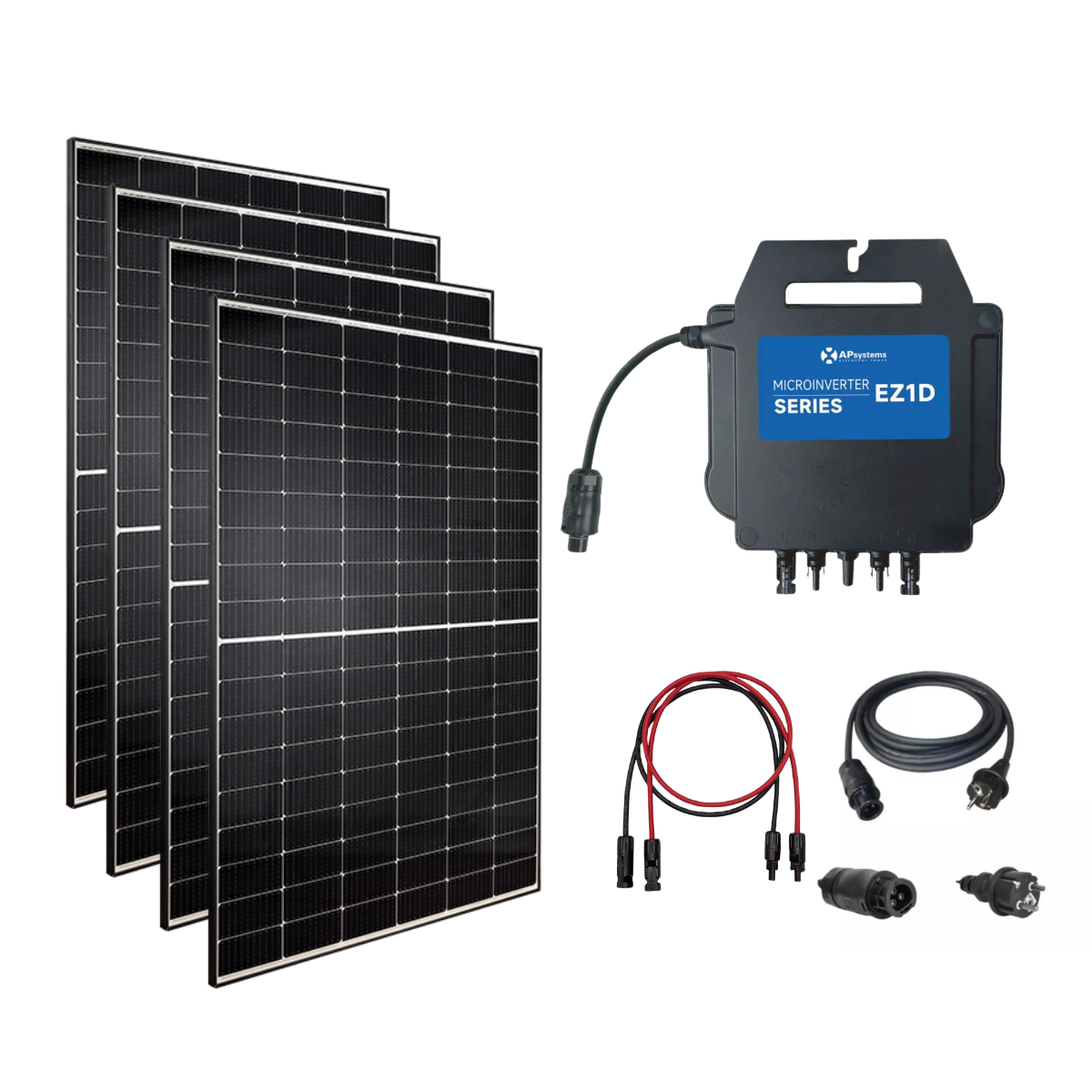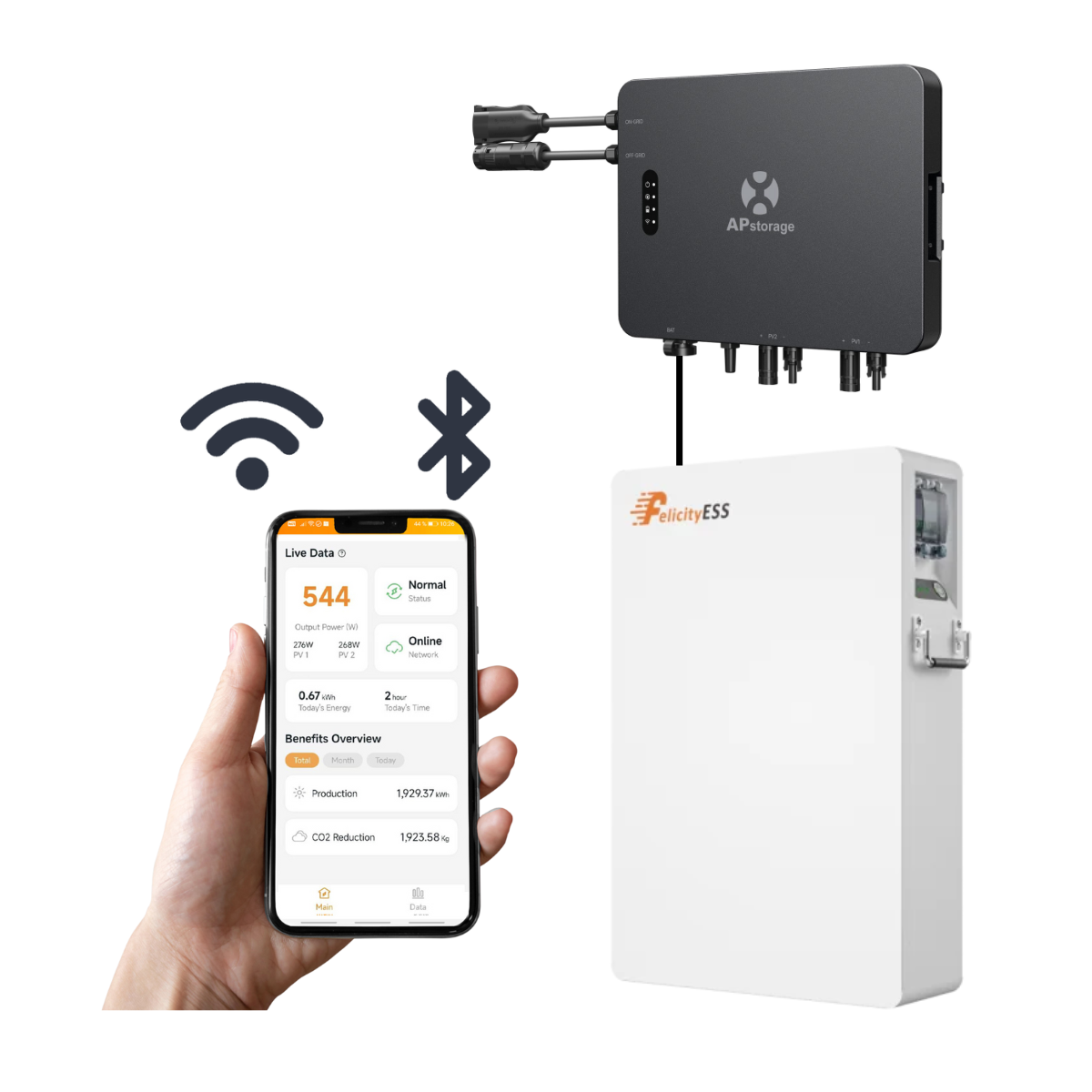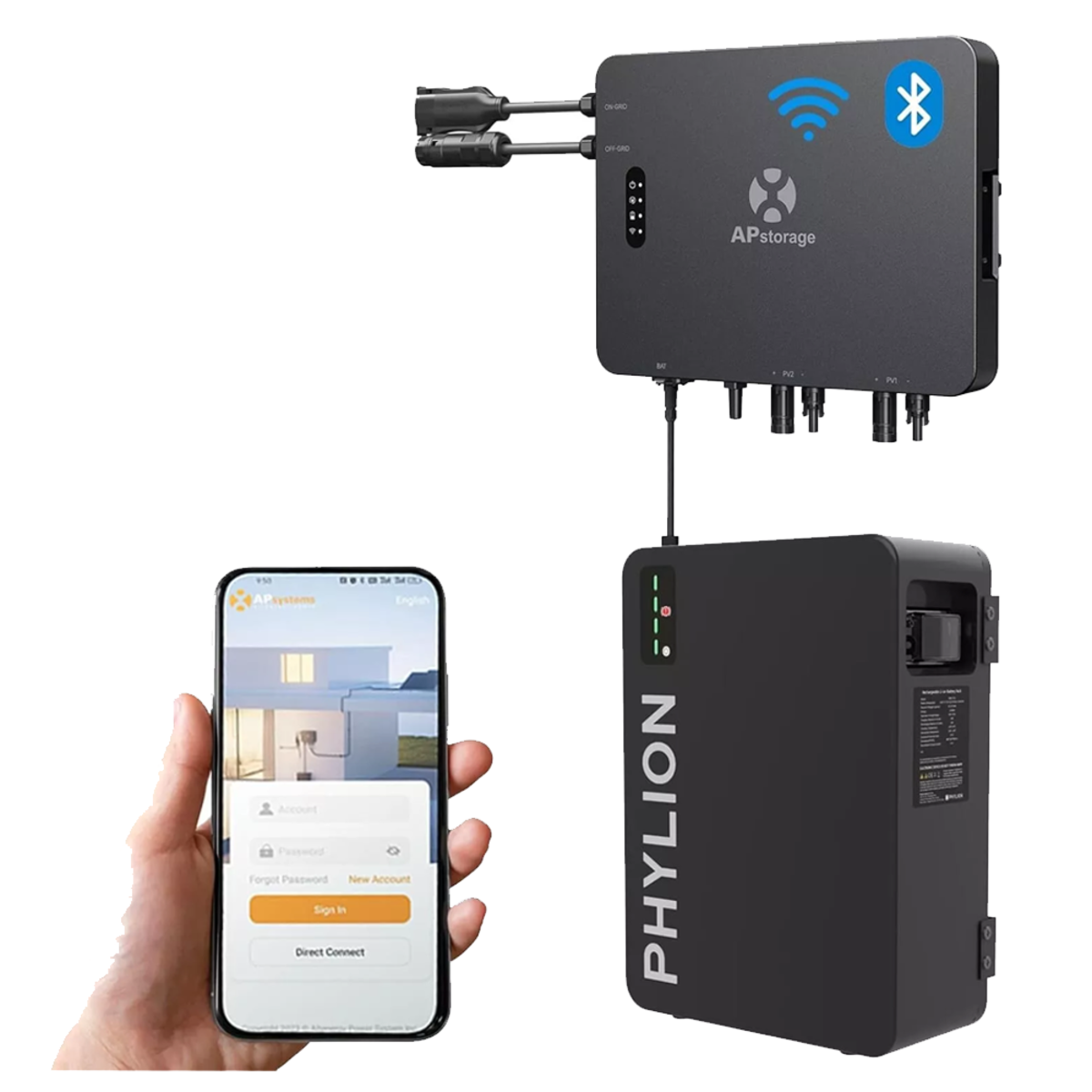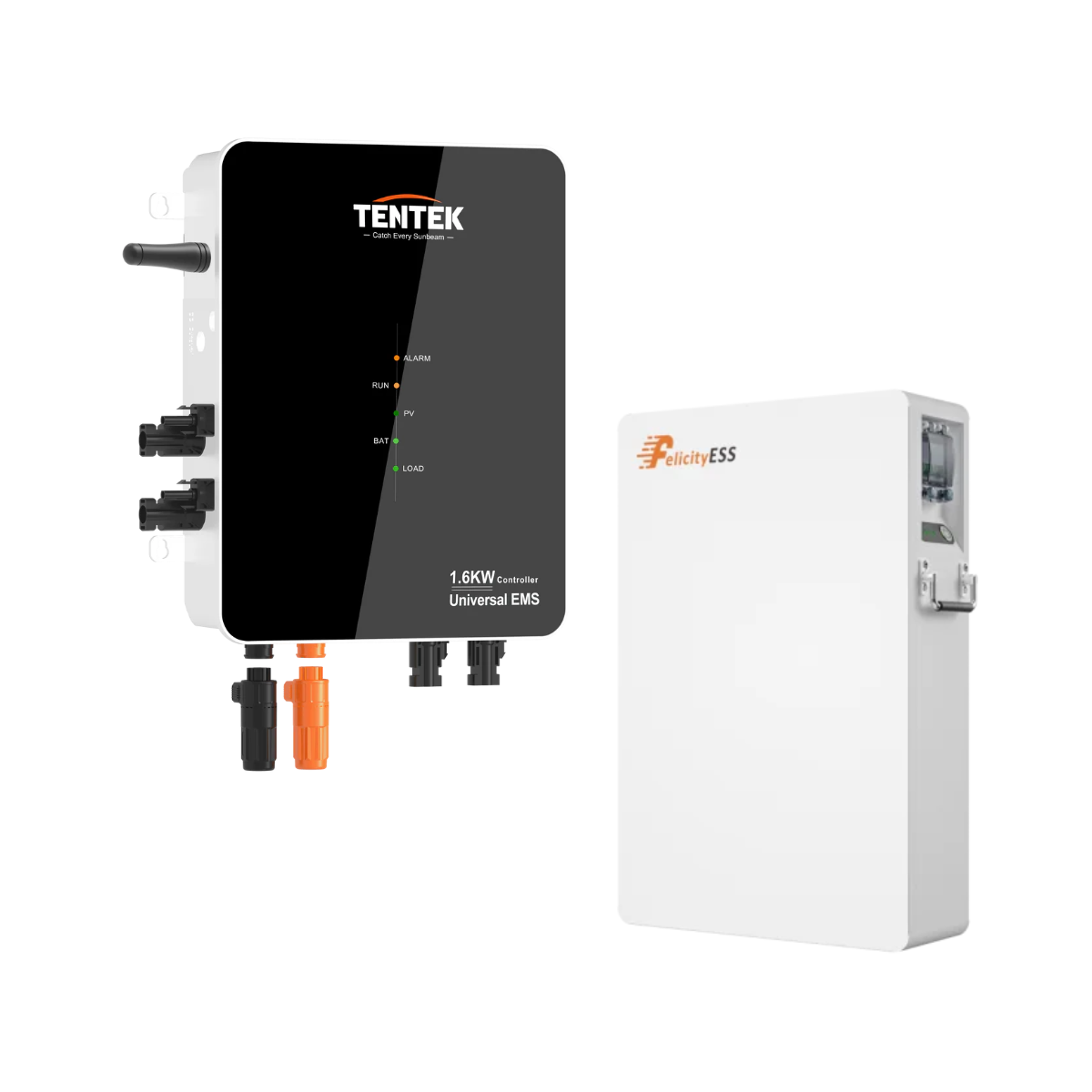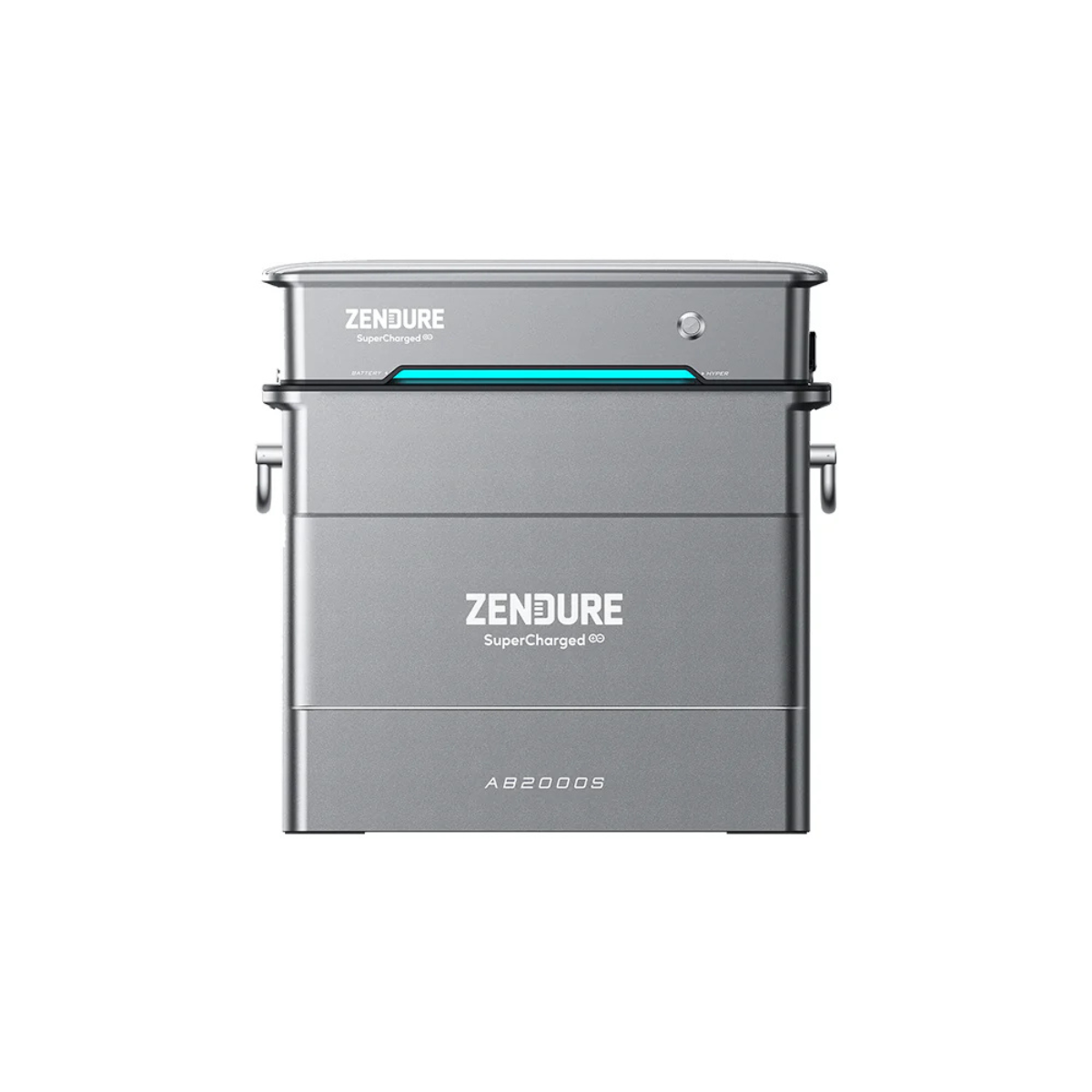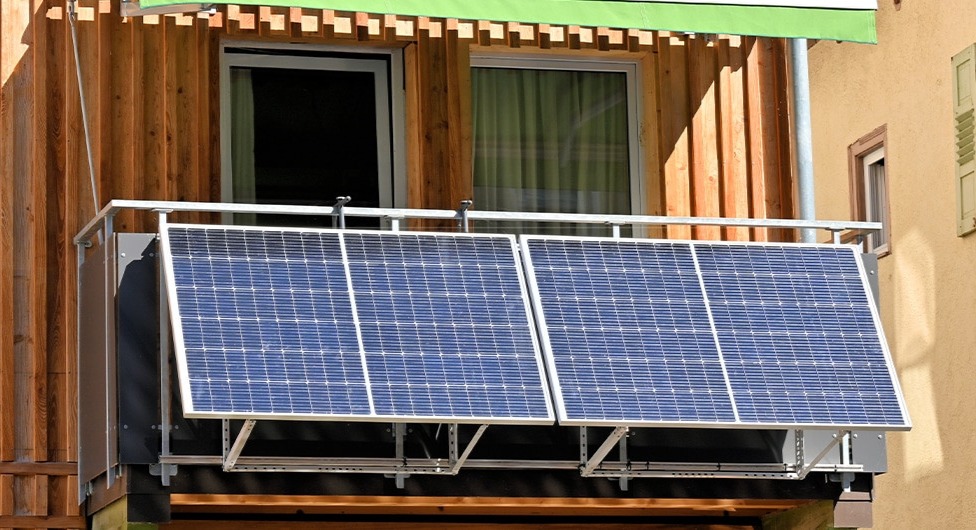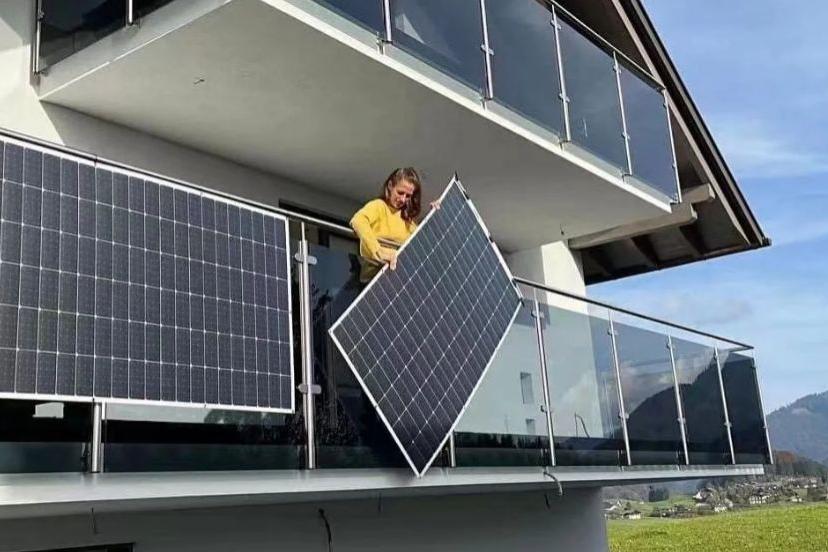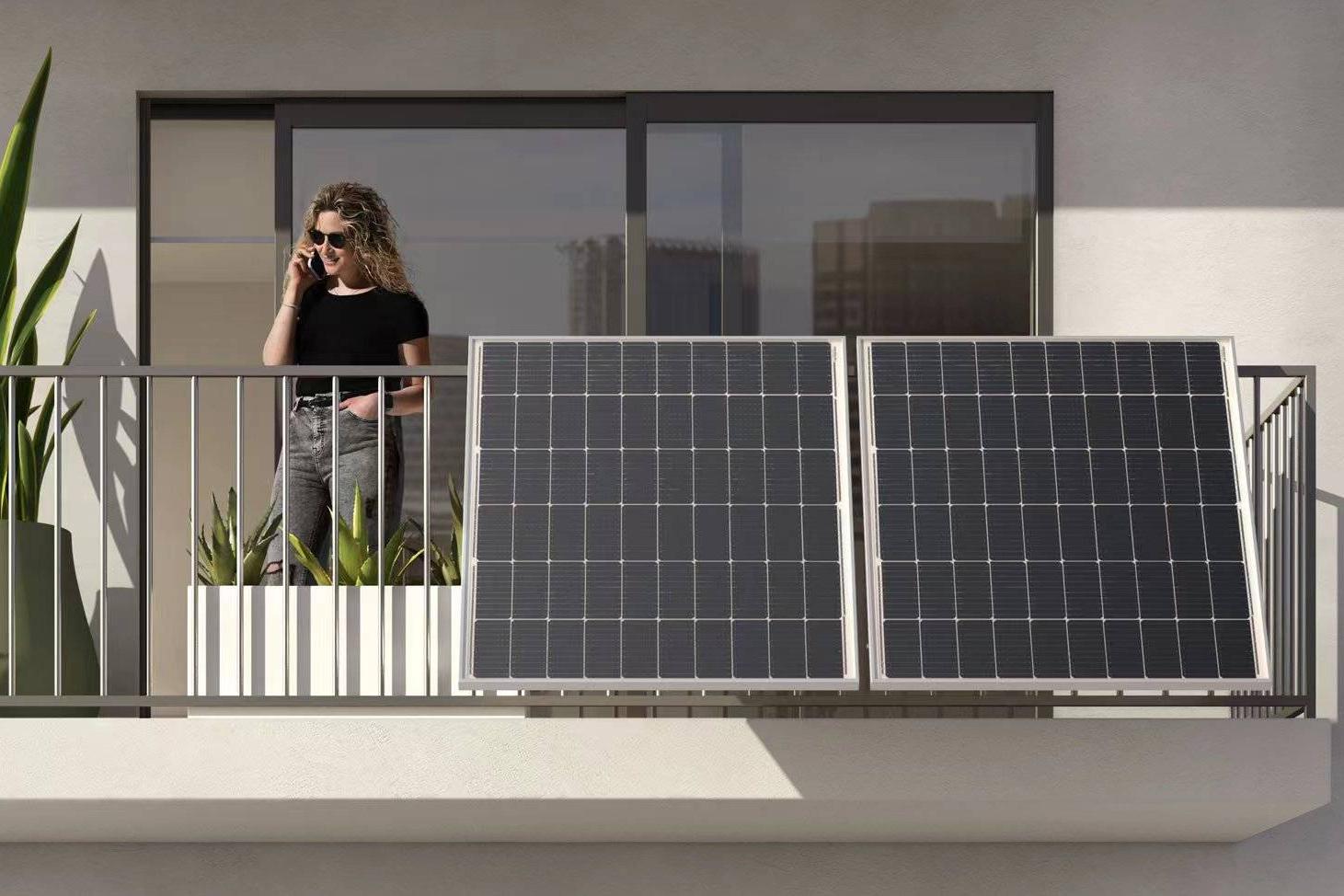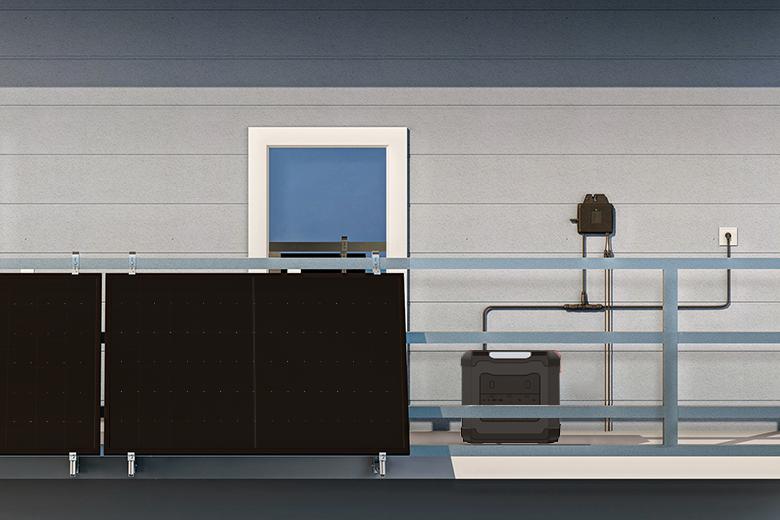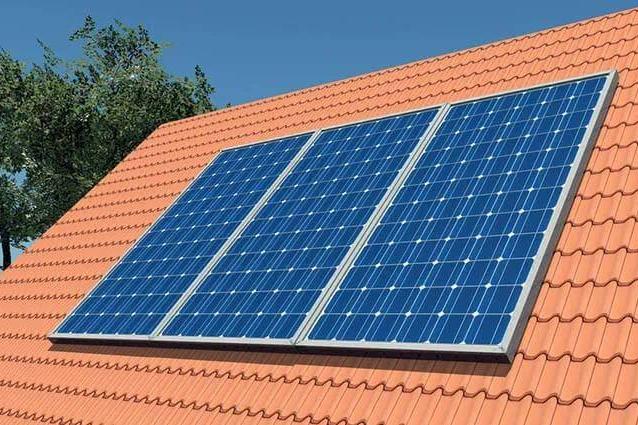blog
Roof pitch and optimal tilt angle for photovoltaics (with table)
The tilt angle influences the amount of sunlight reaching the solar modules and is crucial for the efficiency and yield of a photovoltaic system. In this article, we explain what the perfect tilt angle for PV is and how you can optimize it.
First things first
- An optimal angle of inclination maximizes the energy yield and contributes to the economic efficiency of the system.
- In Germany, the highest yield is achieved at an inclination angle of 30 - 35°.
- Optimal tilt angles vary depending on geographical location and roof orientation.
- For flat roofs, a slope of around 10 degrees is recommended.
What is the optimal tilt angle for photovoltaics in Germany?
The optimal tilt angle for solar modules in Germany is between 30 and 35°. This roof pitch of the PV system allows for maximum sunlight absorption and the highest yield.
| Location of PV system | Optimal tilt angle |
| Germany (general) | 30° – 35° |
| Southern Germany | 32° |
| Central Germany | 34° |
| Northern Germany | 37° |
Photovoltaic tilt angle table
The following table shows the optimal tilt angles for photovoltaic systems depending on the orientation angle.
Photovoltaic tilt angle table
To achieve maximum energy yield, you must adjust the angle of inclination according to the orientation.
What is the perfect tilt angle depending on the location and orientation of the PV system?
The perfect tilt angle is not static, but dynamic, and changes throughout the day. It also depends on the location of the photovoltaic system, as the table illustrates.
| Orientation/Location | South-facing | South-East/South-West | West/East |
| Germany | 30 - 35° | 25 - 35° | 0 - 15° |
| Southern Germany | 30 - 35° | 25 - 35° | 0 - 15° |
| Northern Germany | 30 - 40° | 25 - 40° | 0 - 15° |
What is the best pitch angle for a flat roof?
The best tilt angle for photovoltaics on a flat roof is between 12 and 15 degrees. While the yield is then between 90 and 95%, the PV modules do not shade themselves, and the installation area is used optimally.
East-west orientation vs. south orientation on a flat roof
An increasingly popular installation method on flat roofs is the east-west orientation. Here, the module rows are oriented alternately east and west, minimizing shading. The ideal tilt angle is 15 degrees. While this only achieves 85% of the yield, it allows for the installation of a larger number of solar modules.
Compare photovoltaic offers now and save 30%!
Take 60 seconds and fill out a short form. We will connect you with up to five verified specialist companies in your region. The comparison is free and non-binding.
How do I determine the roof pitch?
Roof pitch is an important factor in the planning of a photovoltaic system, as it influences the amount of incoming sunlight. There are various methods for determining roof pitch:
Method 1: Using an inclinometer
An inclinometer (also Inclinometer The roof pitch gauge is a simple tool for directly measuring roof pitch. The device is placed on the roof and the angle is read directly.
Method 2: With a smartphone
Many smartphones have built-in sensors and apps that act as inclinometers.
Method 3: Calculating the roof pitch
If you don't have an inclinometer handy, you can also determine the roof pitch using a simple geometric calculation. You'll need the height (H) and horizontal length (L) of the roof.
Step-by-step instructions:
- Measuring the roof height (H): Measure the vertical height of the roof from the base to the highest point.
- Measuring the roof length (L): Measure the horizontal length of the roof from one end to the other along the base.
- Calculating the angle of inclination (): Use the tangent function to calculate the angle.
The formula for calculating the angle of inclination () is:
=arctan(H/L)
Calculation example:
Suppose the height of the roof (H) is 4 meters and the horizontal length (L) is 7 meters.
=arctan (8/4)=arctan (0.5)= 29.74°
According to calculations, the roof pitch is 30 degrees.
There are also various online tools that help calculate roof pitch. These calculators require you to enter the height and length of the roof and automatically calculate the pitch angle.
How can I optimize the roof pitch?
When determining the optimal inclination and orientation of a PV system, you should also consider other factors:
- ShadingA shaded module only utilizes diffuse solar radiation and produces less electricity. This leads to yield losses. Therefore, when planning a photovoltaic system on your roof, you should conduct a shading analysis.
- Self-cleaning: At an inclination of more than 12 degrees, the PV modules clean themselves. Water can drain away and dirt or snow is washed away with the rain;
- Tracking systems: With a tracking system, the PV system adapts to the angle of incidence of the sun. Depending on the system, vertical and/or horizontal tracking is possible. This allows PV systems to produce an additional yield of up to 35%.
What other factors influence the yield of a PV system?
In addition to the optimal roof pitch and orientation, there are numerous other factors that influence the yield of a photovoltaic system. Here are the most important aspects you should consider when planning and operating a PV system:
- Efficiency: High-quality modules have a higher efficiency and convert more sunlight into electricity.
- inverterAn efficient inverter minimizes energy losses when converting direct current (DC) to alternating current (AC). High-quality inverters ensure stable and continuous energy conversion, even in fluctuating weather conditions.
- Cables and connectors: Proper installation reduces energy losses and ensures efficient power transmission.
- Shading: Avoid shading caused by trees, buildings, or other obstructions. If this is not possible, use optimizers or microinverters. These mitigate the effects of partial shading.
- temperatureNote: Solar modules are temperature-dependent. However, high temperatures reduce their efficiency. Avoid overheating by ensuring adequate ventilation and keeping the modules away from the roof.
- Cleaning and maintenanceRegularly remove dirt, dust, leaves, and bird droppings from the modules. Contamination reduces yield. Regular maintenance helps ensure the system always functions optimally.
- Geographical location: Solar radiation varies depending on the geographical location. Regions with high solar radiation achieve higher yields.
- Weather conditions: The number of hours of sunshine per year is crucial for yield. Frequent cloud cover can reduce irradiation and lower yield.


